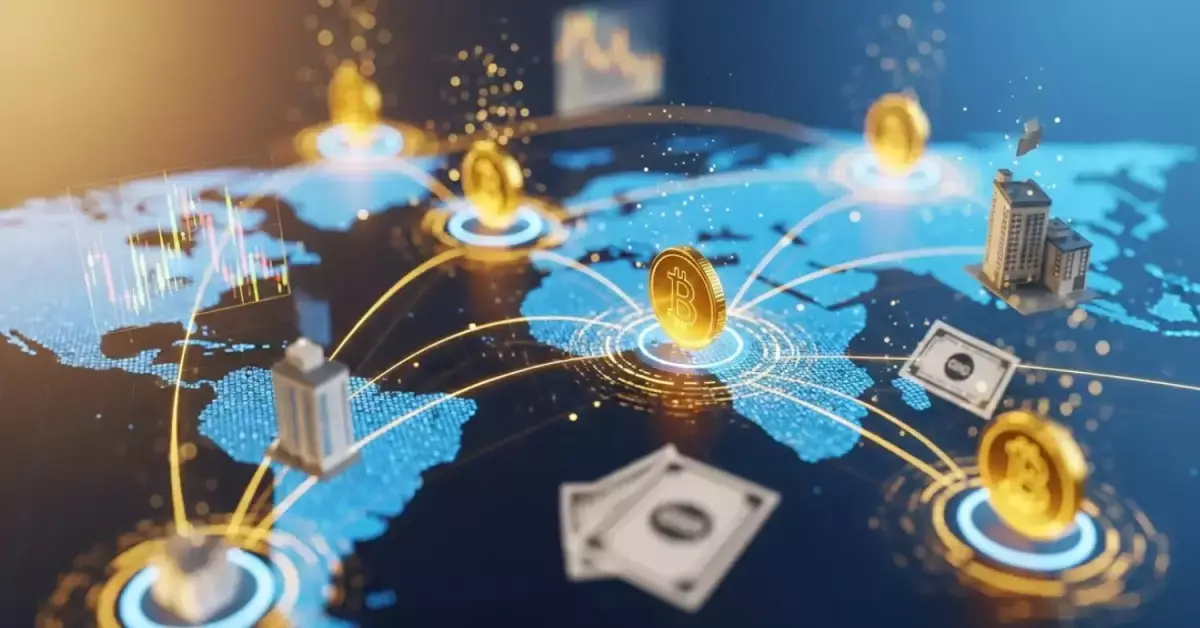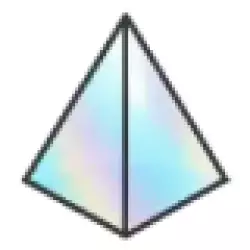Tokenization: The New Standard for Institutional Assets
-
![Avatar]() By arthurcaldera
By arthurcaldera
- October 03, 2025
- 5 min read
- 0 Comments
- 6 Views

The financial world is being transformed on a fundamental level. After years of research and testing, and cautious foray, tokenization has now passed the theory stage and is changing the way institutions handle, trade and think about assets. What was once a futuristic concept discussed in boardrooms is quickly becoming the new operational reality for banks, asset managers and governments across the world.
The Momentum Is Undeniable
The CEO of Robinhood recently referred to tokenization as "a freight train" that "can't be stopped" and will eventually transform the entire financial system. This isn't hyperbole. In early 2025, 86% of surveyed institutional investors had exposure to, or planned to allocate to, digital assets. The question is no longer if tokenization will happen, but how fast institutions can adapt to this new reality.
Tokenization is the process of creating a digital representation of physical or financial assets on the blockchain, enabling them to be securely and in real-time exchanged. Think of it as providing traditional assets such as stocks, bonds, real estate or even gold with a digital passport that allows them to move freely from country to country and platform to platform without the friction of legacy systems.
Why Now? The Perfect Storm of Factors
The confluence of several key developments has hastened the adoption of tokenization. Major institutions including the Bank of England, Euroclear, the Depository Trust & Clearing Corporation, the European Investment Bank and the World Bank are now building out technology and launching tokenized assets.
The Business Case is now impossible to ignore. Smart contracts and automated processes could provide an estimated $15 to 20 billion in global infrastructure operational cost savings, annually. But the real game changer transcends cost savings. By adopting distributed ledger technology for collateral management, financial institutions can liberate significant capital estimated at over $100 billion per year.
Think about that for a moment. Mountains of capital are locked up in inefficient systems at institutions. The key to unlocking it is tokenization.
Real World Applications Already Going On
This is not vaporware or a far off dream. Real institutions are already providing real results. Goldman Sachs has been running an end-to-end tokenized asset infrastructure that supports the digital lifecycle of securities, funds and bonds for over a year. HSBC Orion is running a similar platform. The European Investment Bank in January 2023 issued its first digital bond in pound sterling via HSBC's tokenization platform.
On the asset management side, heavyweight players such as BlackRock and Franklin Templeton have launched tokenized mutual funds. Robinhood started to offer customers in the European Union with over 200 tokenized U.S. stocks in June, a major step for retail accessibility.
The Untapped Opportunity
Here's where things get really interesting. There are $255 trillion in marketable securities in demand for use as collateral, but only $28.6 trillion are actively being used. Unlocking even a small percentage of this dormant capital would have transformative effects on how trades are finalized, reducing risk and freeing liquidity and opening entirely new ways for investors to earn returns.
Recent pilot projects demonstrate what's possible. Euroclear and World Gold Council recently tokenized gold, Gilts, and Eurobonds in the name of collateral management. Hong Kong Monetary Authority's Project Evergreen facilitated the first green bond issuance in February 2023, and the world's first multicurrency issuance in February 2024.
Breaking Down the Silos
One of the greatest issues in global finance today is fragmentation. Every asset class trades on different technology systems, many of which date back decades. Financial infrastructure works about as it has for decades, using the message-based systems developed in the 1970s.
This creates a real headache for banks and governments trying to get a complete picture of who owns what at any given moment. Tokenization solves this by providing a single, transparent, and real-time view of asset ownership and movement. It's like going from sending letters to instant messaging, but for trillion-dollar financial flows.
The Global Race Is On
Different regions are moving at different rates. Europe is likely to lead in regulatory frameworks and adoption, with other jurisdictions to follow. Interestingly, the United States is actually projected to be among the last major economies to fully tokenize as a result of the greater sticking power of the existing financial infrastructure.
The CEO of Robinhood expects most major markets to have at least some sort of tokenization framework in the next five years, but it could take over a decade before complete adoption. That might seem like a long time, but in the world of financial infrastructure transformation it's lightning fast.
What This Means for Investors
For institutional investors, the implications are profound. High-net-worth individuals and institutional investors are looking to invest 8.6% and 5.6% of their portfolio, respectively, in tokenized assets by 2026. These aren't small experimental allocations. These are meaningful portfolio positions reflecting serious confidence in the technology.
The benefits are not just a matter of cost savings and efficiency. Tokenization allows for 24/7 trading, fractional ownership of previously illiquid assets, faster settlement times, and access to global markets without traditional barriers. It democratizes access but at the same time makes markets more efficient.
Challenges and Questions Remain
Despite the momentum, important questions need answers. Who is responsible for keeping the ledger? How do we provide security and privacy without lack of transparency? And how can global banks managing trillions in collateral balance efficiency gain privacy and compliance requirements?
Governance structures are arising to address these concerns. The Global Synchronizer Foundation, an independent organization led by prominent market players and technology vendors and backed by the Linux Foundation, offers transparency to governance actions and guarantees organizational neutrality.
The Inflection Point
As we go through 2025, we are at an inflection point where tokenization systems are beginning to join up in synchronized transactions that introduce tokenized securities and deposits into capital flows that can move seamlessly. This will link global markets in ways that go beyond the limitations and cut-off times of traditional finance.
The exploratory phase is past. Real-world applications of tokenization are running right now, with measurable results, and to build the foundation for what's to come. The institutions that recognize this shift and act accordingly, will be the ones defining the future of finance.
As one industry leader put it, cryptocurrency and traditional finance have been living in separate worlds for a while, but they're going to fully merge, with crypto technology's advantages eventually eliminating any distinction between the two.
For institutional investors, asset managers, and financial professionals, the message is clear: tokenization isn't coming. It's already here. The question is no longer whether to engage with this technology, but how quickly you can integrate it into your operations before it becomes the only way business is done.
The new standard for institutional assets isn't being debated in conference rooms anymore. It's being built, deployed, and scaled right now. And it's called tokenization.
-
0
-
0
-
0
-
0
-
0
-
0
-
0
-
0
- Previous Article Autonomous AI Agents Are Taking Over Your Feed
- Next Article AI Governance & Data Ownership in Multimodal LLMs

